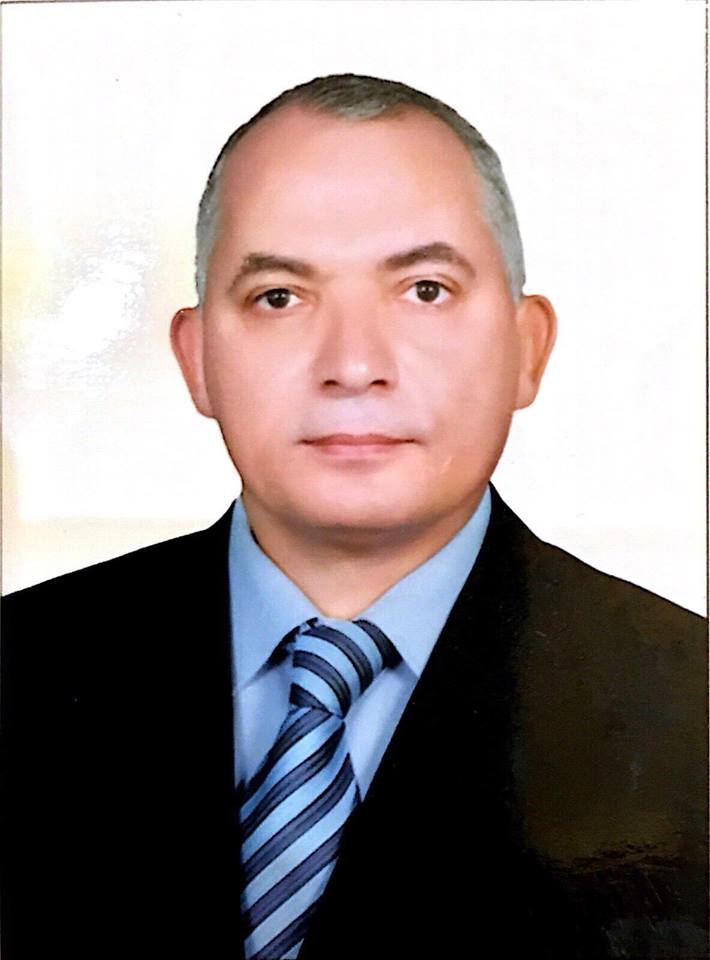Background
In the last two decades of the 20th century, surgery for nonmalignant thyroid disease had changed from function-preserving surgery towards ablative surger. This was due to higher recurrence rates of goitre (9–43%) and an increased risk for postoperative complications in reoperations after subtotal resection
Patients and methods.
This retrospective study included patients with nonmalignant thyroid disease who were referred and enroled for total thyroidectomy from December 2004 to December 2014 in Sohag University Hospital, Egypt. Operation, anaesthesia, rescue analgesia and postoperative care were standardized. All patient records were reviewed for demographic data, indication for surgery, intraoperative complications, postoperative complications, histopathology and follow-up period.
Results
Between December 2004 and 31 December 2014, 180 patients underwent total thyroidectomy for nonmalignant thyroid disease at the General Surgery epartment, Sohag University Hospital, Sohag, Egypt. Of them, 136 were female and 44 were male. Their ages ranged between 20 and 58 years. Primary total thyroidectomy was performed in 177 patients. Completion thyroidectomy was performed for three cases of recurrent goitre. Two patients who had postoperative bleeding returned to the theatre for haemostasis. No wound infection or recurrence was found in this study. Fourteen patients had postoperative hypocalcaemia (7.77%); 10 of them had temporary hypocalcaemia (5.55%) and four patients had permanent hypocalcaemia (2.22%). Eight patients had recurrent laryngeal nerve palsy (4.44%); seven of them were unilateral injurious. One patient had temporary bilateral recurrent laryngeal nerve injury. None of the patients had permanent bilateral recurrent laryngeal nerve palsy.
Conclusion
Total thyroidectomy is a valuable treatment option for nonmalignant thyroid disease. With no recurrence, complete cure of the diseases, and a lower complication rate.

